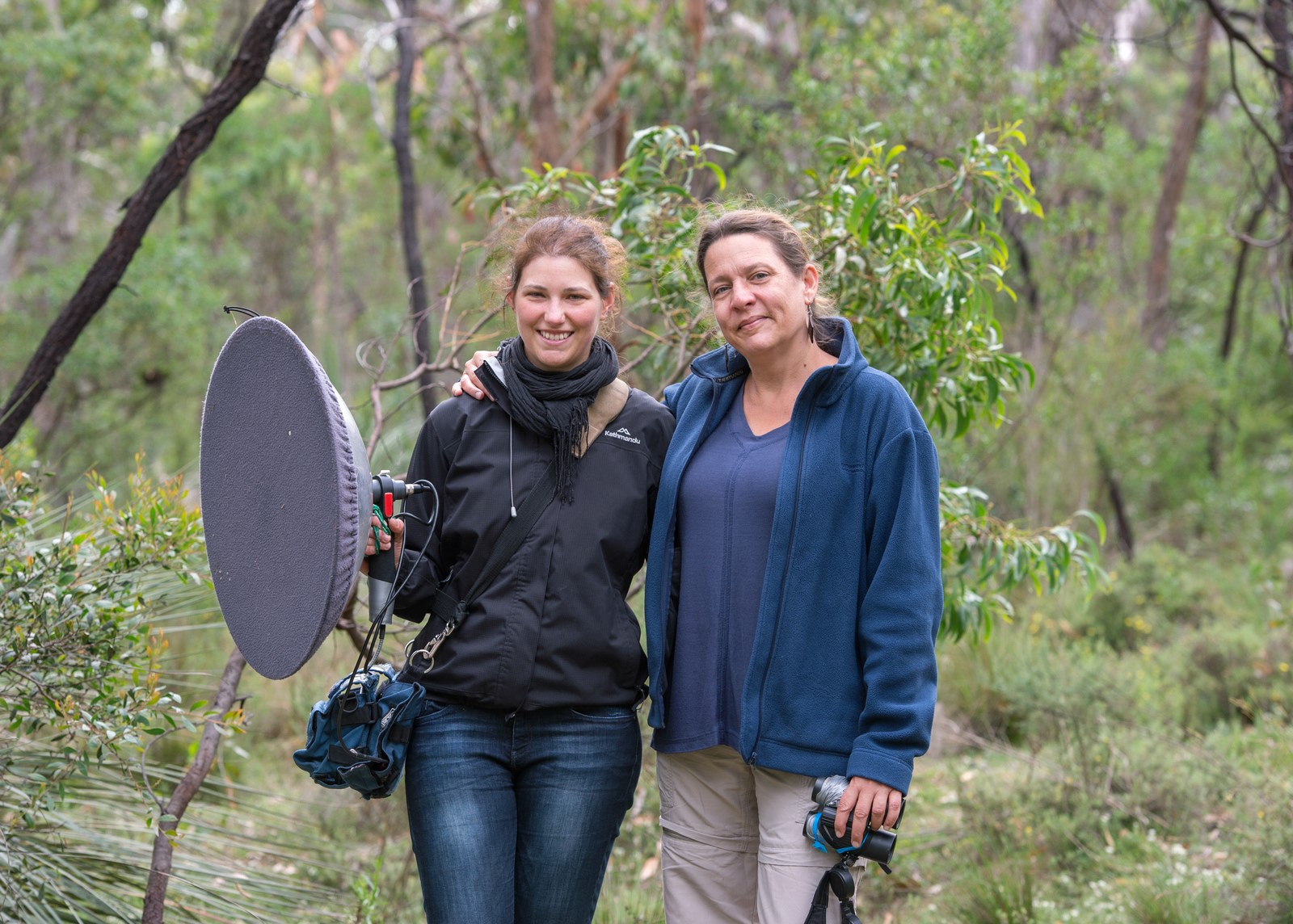
Along with a new conservation project at Cleland Wildlife Park near Adelaide, Flinders University Professor Sonia Kleindorfer has marked a major milestone after years of research in the faraway Galápagos Islands.
The Flinders BirdLab researcher, with senior researcher Dr Katharina Peters have combined with Charles Darwin Foundation and Galápagos National Park experts to produce a field guidebook, published in English and Spanish, to promote awareness of the birdlife at risk on the archipelago off Ecuador.
With proceeds to fund further Charles Darwin Foundation’s research work, the field guides showcase years of research by Professor Kleindorfer and other bird and animal ecologists at the World Heritage site and tourism hotspot where Charles Darwin claimed inspiration for his breakthrough description of the process of evolution through natural selection.
The so-called Darwin’s finches captivated the British naturalist and became the first vertebrate system for which we have field-based evidence for evolution of natural selection, says Professor Kleindorfer, who found the Bachelor of Science (Animal Behaviour) course at Flinders University.
The Field Guide, Resident Landbirds of Galápagos includes a table showing the presence, declines and extinctions of the 28 endemic native landbird populations on the main Galapagos Islands, including human-inhabited islands where the destructive parasite Philornis downsi has been detected in birds’ nests and young.
Professor Kleindorfer, Flinders PhDs and other supporters continue to observe how the finches and other native birds are evolving to adapt to his threat.
As well as habitat destruction, other threats include disease and disease vectors, rats, cats and introduced Smooth-billed Ani in particular on the islands inhabited by people.
“I have been studying Darwin’s finches on the Galápagos since 2000,” says Professor Kleindorfer.
“Our project on Floreana Island started in 2004 and is the second-longest longitudinal bird study on the Galápagos, second only to the 40-year award-winning research of Peter and Rosemary Grant on Daphne Major.
“My team will keep working on Floreana Island in 2020 again and hopefully for decades to come.”
Among the 28 landbirds, 17 resident species are categorised as threatened by the International Union for the Conservation of Nature (IUCN).
Back in South Australia, Professor Kleindorfer has become scientist-in-residence at Cleland near Mount Lofty, which has been earmarked for a $150 million injection for conservation and redevelopment to increase tourism.
As part of the park’s expansion, Professor Kleindorfer is due to give a public talk later this year to share research outcomes. She is also supervising honours and post-doc student research at Cleland this year.
The English version (and Spanish) version references are:
Kleindorfer S, Fessl B, Peters K, Anchundia D (2019). Field Guide. Resident land birds of Galapagos. Publication number 2223 of the Charles Darwin Foundation. ISBN: 978-9978-53-062-7.
Kleindorfer S, Fessl B, Peters K, Anchundia D (2019). Guía de campo. Aves terrestres residentes de Galápagos. Publication number 2197 of the Charles Darwin Foundation. ISBN: 978-9978-53-062-7.

